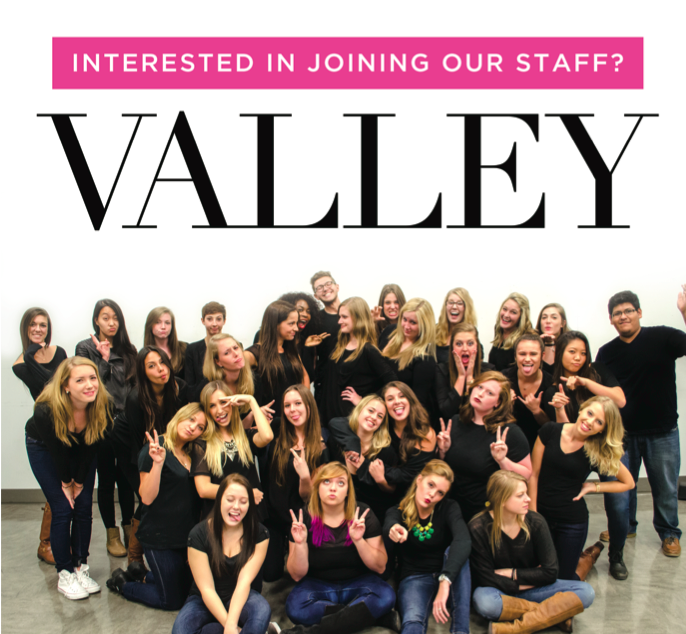Today, the narrative of what is considered “beautiful” seems to be shifting. The standards are seemingly lowering, beauty products are becoming more accessible and advertisements preach diversity! The media celebrates, because it should be cause for celebration and the internet rejoices — but then, all of a sudden, prominent features in people of color start being called undesirable in a TikTok trend.
Even in this day and age, the definition of beauty revolves around the eurocentric standards set in place by society. Beauty, especially for people of color, seems to be attached to their proximity to whiteness. White supremacy and its standards have affected society, to this day, in a myriad of ways and this includes the implied inferiority that comes with straying from them. The historical oppression from this has bled into our modern-day perception of people themselves. It’s about time our definition of “beauty,” is expanded, and most of all, decolonized.
Eurocentric Standards of Beauty

Eurocentric beauty standards are those that favor facial or bodily features of European descent — light-colored eyes with straight, blonde or brown hair, pale skin, slender and upturned noses as well as slim, heart-shaped faces. In the eyes of the colonizer, the farther someone strays from this standard, the more undesirable they become. This seems like something that would only be relevant when talking about magazines or movies, but it’s evident in society in the form of colorism or in procedures like nose jobs or double eyelid surgery and even in products like skin bleaching creams.
The thing is, these standards don’t need to be put into theory for those burdened by them to know they exist. Especially in an environment where they are the minority, people of color often grow up believing or hoping that they were anything but, according to Psychology Today. The process of acceptance and assimilation into one’s culture never actually happens for a lot of people because of how strongly placed these standards are.
In order to dismantle them, it’s first important to realize that eurocentric beauty standards don’t show the flaws of those who don’t fit them. It’s the flaws of the society we live in that are really reflected in them.
The Definition of Beauty Throughout History and Cultures

Today, an “All-American” beauty is still seen by many as someone that perfectly fits the eurocentric standard. In fact, it was only in 1940 that women of color were allowed to enter the Miss America pageant. The official rules before that year were that contestants had to be “of good health and of the white race.”
However, the redefining of what beauty means is and always has been possible. This is mainly because the definition itself has always been flexible, depending on when and where you are in the world. Many of the features that are considered to be less eurocentric, or undesirable, are likely being sought after in another part of the world.

Skin tones, noses, eye shapes, hair texture, body hair — they have all been and still are symbols of power and beauty in varying cultures. In fact, some cultures see beauty as a concept that reflects our innermost selves, rather than our facial features. The parts of our faces that are considered undesirable are really just gates to the history and stories that come with them. To quote Sasha Sarago, “When we decolonize beauty, we are reintroduced to our most authentic selves.”
Social Media’s Perpetuation of Eurocentric Standards

In a time when diversity is celebrated and promoted on social media, you’d think that our definition of beauty itself would have expanded — at least a little. However, being optimistic about social media is never a smart decision, as most of us should’ve come to learn by now.
TikTok trends, for one, are mostly harmless and fun little things for us to do in our free time. Mostly. Once in a while, a trend or sound will go viral that will have consequences beyond what most people participating in them realize. Things like using a filter to make it seem like you have a large, hooked nose and then showing “relief” at not actually having a nose like that; determining beauty using the golden ratio, a standard that was created and most ideally only fits white women — they seem harmless on the surface, but in reality, they play a far bigger role. These only perpetuate eurocentric standards and ingrain them in the minds of those consuming the media.

All in all, the decolonization of eurocentric beauty standards within yourself can only really be done by rejecting what’s thrown at you and looking within yourself. Society may never change … or it might — but individually accepting yourself, your features and what you carry with them, is the key to redefining your beauty.
How do you define beauty for yourself? Let us know by tagging us @VALLEYmag on Instagram or Twitter!





















1 Comment